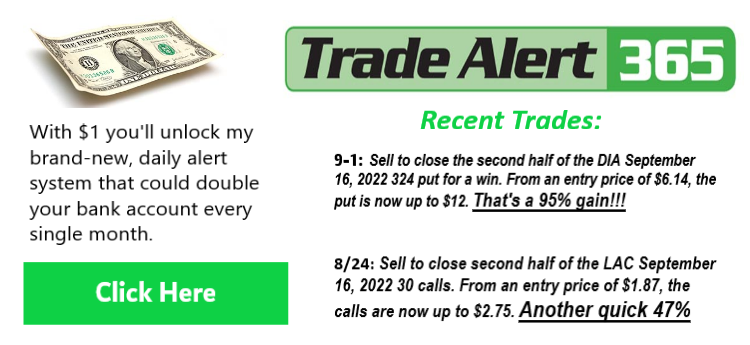by George Angell
The key advantage of option spreading is that of limited – and predetermined – risk. To understand how important managing risk in options trading can be, you have to remember that both option buyer and seller can lose considerable portions of their investment. The naked option writer faces unlimited risk, whereas the option buyer stands to loose 100% of his premium money. Since neither alternative is encouraging, option spreading, in which there are both long and short option contacts, provides a less risky, but by no means risk-free, alternative.
Let’s examine a spread in terms of its two components, a long option and a short option. You might buy an August 30 call and simultaneously write an August 35 call. You are now spread. What you paid for the August 30 call will be offset in part by the premium you received for writing the August 35. By placing the spread you limit the profit zone but you also limit your risk.
For the August 30 call to prove profitable at expiration, the underlying stock must rise above the striking price of 30. If the underlying stock fails to rise, the August 30 call may be sold prior to expiration at a loss, in which case you’ll recoup at least a portion of your premium cost. However, if held to expiration and the underlying stock remains below 30, the call will expire worthless resulting in a 100% loss. A more promising alternative, of course, is that the stock stages a rally and the August 30 call proves profitable to the buyer.

The other side of the spread is represented by the short August 35 call. In return for writing the naked August 35 option, you’ll receive the premium paid by the option buyer. This premium is yours to keep regardless of what the stock subsequently does. In the event of a rally in the stock, the 35 call will almost certainly be exercised and you’ll be required to deliver 100 shares of the stock at a price of $35. Your only alternative to having the stock (which you do not own) called away is to enter the options market and buy back your 35 call…at a loss. Above the strike of 35, the option will gain point for point with the stock. So the potential loss is considerable. But unlike the naked writer, who is in serious trouble if the stock rises, the spreader simply misses out on an otherwise profitable move. The reason? He is long stock at 30 by virtue of having purchased the August 30 call. He has the stock to deliver at 35 should the higher strike short call be exercised.
The spreader has neither the risk of the call buyer or of the seller. The long 30 call provides him with the opportunity to purchase shares of the underlying stock at 30 no matter how high the stock rises. Since he can purchase stock at 30 and sell it at 35, he has a potential built-in profit of the difference between 30 and 35 should the shares be called away. The potential profits above the higher strike of 35 will be lost to him, of course, since he sold a 35-strike call. Should the stock rise above 35, all the profit from 35 upward will go to the buyer of the 35 call. On the downside, the premium received for writing the 35 call will, in part, offset the loss of the premium paid to purchase the long 30 call. As a result of putting on the spread, the option trader finds himself with a lot less risk than a naked writer and the owner of a call with a 5-point potential. Moreover, the price he’ll pay for that call will be less than the outright call buyer will pay, since the premium is offset in part by income generated by writing the 35 call.
It is true that you can make a lot more money by simply buying calls on a stock in a runaway bull market, or for that matter, writing calls in a declining or sideways market. But who’s to say precisely what a stock will do next? Spreads offer a convenient and safe alternative to simply buying or selling calls. They are especially useful when the prospects for the stock seem limited and the future uncertain.











Recent Comments